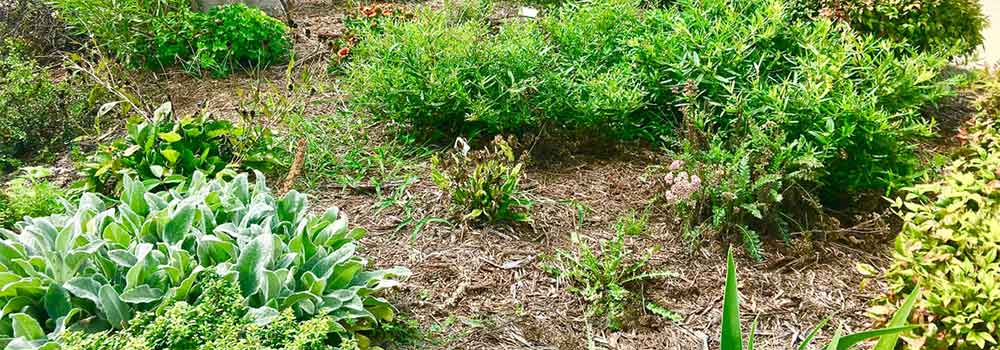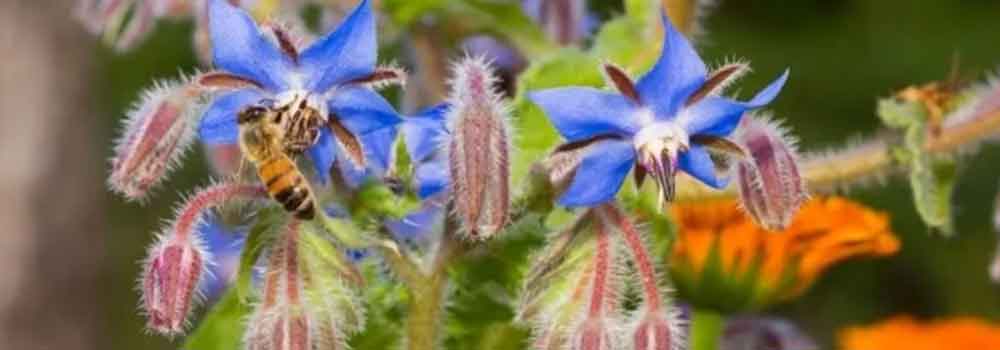In the dance of nature, pollinators hold a vital role, orchestrating the symphony of a thriving vegetable garden. As companions to our crops, they ensure bountiful harvests and the continuation of plant life.
Ensuring a flourishing garden necessitates recognizing the symbiotic dance between pollinators and vegetables. In this exploration, we uncover the secrets of creating a pollinator-friendly haven in your vegetable garden.
It’ll unlock the potential for a buzzing, vibrant ecosystem. So, continue reading before you look for the best pollinator plants for vegetable garden.
Why Pollinators Matter In Your Vegetable Garden

Pollinators fuel your vegetable garden’s success. Their role extends beyond mere helpers; they’re essential architects of your garden’s bounty. This dynamic partnership ensures the continuation of plant life, influencing vegetable yields profoundly.
For tomatoes, cucumbers, and peppers, pollinators orchestrate the fruiting symphony. A dance of nature, where each pollinator contributes to the garden’s vibrancy.
Your harvest’s fate rests in their diligent wings and buzzing presence. Acknowledging this connection is unlocking the door to a thriving vegetable haven. As you plant, consider the intricate link between vegetables and pollinators.
Characteristics Of Ideal Pollinator Plants

Ideal pollinator plants possess captivating traits. Diverse blooms, ranging in shapes, colors, and scents, beckon pollinators. Their continuous flowering ensures a persistent allure throughout the growing season.
Vibrant colors, a visual feast for pollinators, draw them into the garden. The intricate dance between flora and fauna, where each bloom caters to pollinators’ preferences. Choosing plants that embody this variety guarantees a haven for buzzing partners.
Your garden becomes a living canvas, painted with the hues that beckon pollinators to a banquet of nectar. In the world of pollinator-friendly plants, variety is not just the spice but the essence.
It’s a deliberate selection, a symphony of shapes and colors that ensures every pollinator finds its preferred feast. Your garden becomes a stage for this exquisite performance, a testament to the diversity that sustains life.
Top Pollinator Plants For Your Vegetable Garden
Delve into the enchanting profiles of top pollinator-magnet plants. Lavandula angustifolia, an aromatic lure for bees, joins the charismatic Echinacea purpurea, captivating butterflies. Each plant, a unique character in your garden drama, brings its own allure and charm.
Lavandula angustifolia, with its aromatic blooms, becomes a bee sanctuary. Echinacea purpurea, proudly displaying its vibrant petals, becomes a butterfly’s haven.
These plants, with specific care guidance, promise not just beauty but a thriving ecosystem. Your vegetable garden transforms into a pollinator paradise, a stage where nature’s actors perform a daily spectacle.
Creating A Pollinator-Friendly Garden Design
Crafting a pollinator-friendly design demands thoughtful placement. It’s an orchestration where each plant plays a vital note in the symphony of pollination. Strategically position pollinator-friendly plants throughout, creating a dance floor for buzzing allies.
Consider companion planting, a dynamic choreography of vegetables and pollinator plants. In this ballet, vegetables and flowers complement each other, enhancing pollination efficiency.
Provide water sources—nectar fuel stations—essential in sustaining the pollinator’s journey. Include shelter spots, creating pit stops in this bustling insect highway. A well-designed garden isn’t just visually appealing; it’s a haven, a pitstop for pollinators in their tireless mission.
Sustainable Gardening Practices For Pollinators
Knowing what are good pollinator plants for vegetable garden, you can navigate away from harmful pesticides. A collective effort transforms neighborhoods into vibrant. It’ll buzz habitats, echoing with the life-sustaining hum of pollinators.
This collaboration, rooted in necessity, promises not just a harvest but a celebration of nature’s interconnected brilliance. The flourishing of your garden is a testament to the intricate web of life, where pollinators play an indispensable role.
Your garden becomes a beacon, inspiring others to join the pollinator-friendly movement. Educate, inspire, and engage—these actions transform communities into allies in the quest for a greener, pollinator-rich world.
Conclusion
In the intricate tapestry of nature, pollinator-friendly gardening threads vitality into your vegetable garden. A harmonious partnership with these essential allies guarantees a flourishing ecosystem and a bounty of homegrown produce.
Share knowledge, promote community involvement. Encourage others to embrace pollinator-friendly gardening for a thriving environment. Steer clear of harmful pesticides.
Involve organic, eco-friendly gardening. Adopt a holistic approach, cultivating a garden in harmony with nature. Embrace the dance of pollinators, and let your garden thrive.









